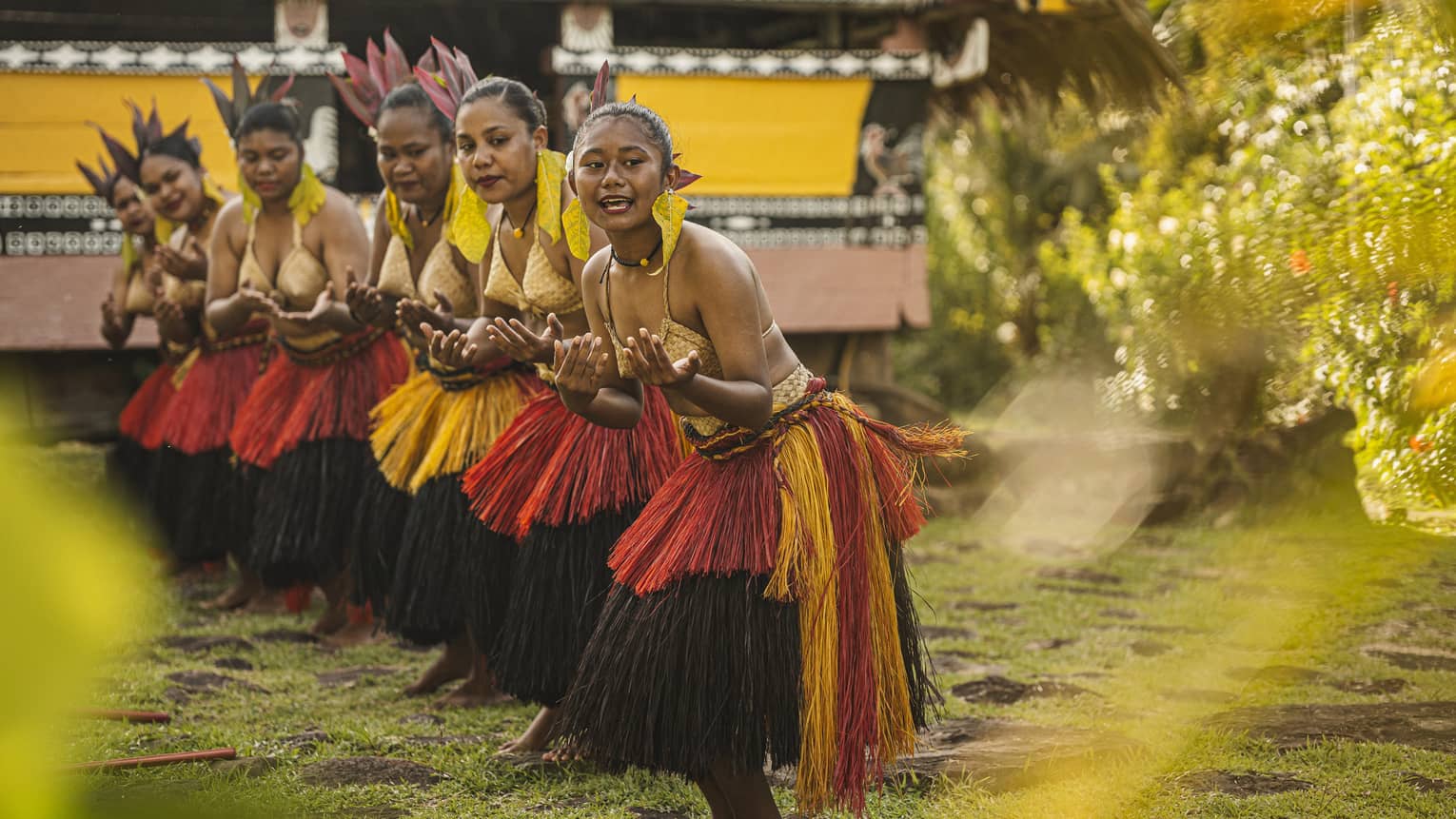journalofserviceclimatology.org – Palau, an archipelago nation in the western Pacific Ocean, is a vibrant tapestry of cultural influences that have shaped its unique heritage. With a population of around 21,000 people, Palau’s culture is a melting pot of traditions, reflecting its historical interactions with various civilizations and its modern-day global connections.
Historical Influences
The cultural landscape of Palau has been molded by centuries of contact with different societies. The indigenous people, known as the Palauans, have a rich oral history that dates back thousands of years. Their traditions and beliefs have been the foundation upon which other cultural influences have been layered.
Spanish colonization in the 16th century introduced Catholicism and European customs, leaving a lasting impact on Palauan society. The Japanese occupation during the early 20th century further diversified the cultural mix, bringing in elements of Japanese culture, which can still be seen in the local cuisine and language.
Traditional Practices and Beliefs
At the heart of Palauan culture are the traditional practices and beliefs that have been passed down through generations. These include the reverence for the environment, which is deeply ingrained in their way of life. Palauans have a strong connection to the land and sea, and this is reflected in their sustainable practices and conservation efforts.
The traditional Palauan society is matrilineal, with descent and inheritance traced through the female line. This unique social structure has implications for family life, property ownership, and leadership roles within the community.
Language and Arts
The Palauan language, with its distinct phonology and grammar, is a testament to the island’s cultural identity. It coexists with English, which is widely spoken due to Palau’s historical ties with the United States. The bilingual nature of Palauan society enriches its cultural expression, allowing for a blend of traditional and modern communication.
The arts in Palau are a vibrant expression of cultural heritage. Traditional music, dance, and storytelling are integral parts of community life, often performed during festivals and ceremonies. Crafts such as basket weaving, wood carving, and the creation of traditional canoes showcase the skill and artistry of Palauan artisans.
Cuisine and Festivals
Palauan cuisine is a delicious fusion of indigenous ingredients and foreign influences. Staples include taro, fish, and coconut, while Spanish and Japanese elements are evident in dishes like kimchi and adobo. The national dish, known as “mountain deer,” reflects the island’s hunting traditions and the importance of game in the local diet.
Festivals in Palau are vibrant celebrations that bring the community together. The Palau Cultural Festival, held annually, showcases the nation’s rich cultural heritage through performances, crafts, and food. Other significant events include the Modekngei Festival, which honors the traditional Palauan religion, and the Belau Games, a sporting event that promotes unity and competition among the different states of Palau.
Conclusion
The culture of Palau is a testament to the resilience and adaptability of its people. By embracing the diverse influences that have shaped its heritage, Palau has created a unique cultural identity that is both traditional and cosmopolitan. As the nation continues to evolve, it remains committed to preserving its rich traditions while engaging with the global community. The melting pot of traditions in Palau is not just a reflection of its history but also a beacon of cultural harmony for the future.
